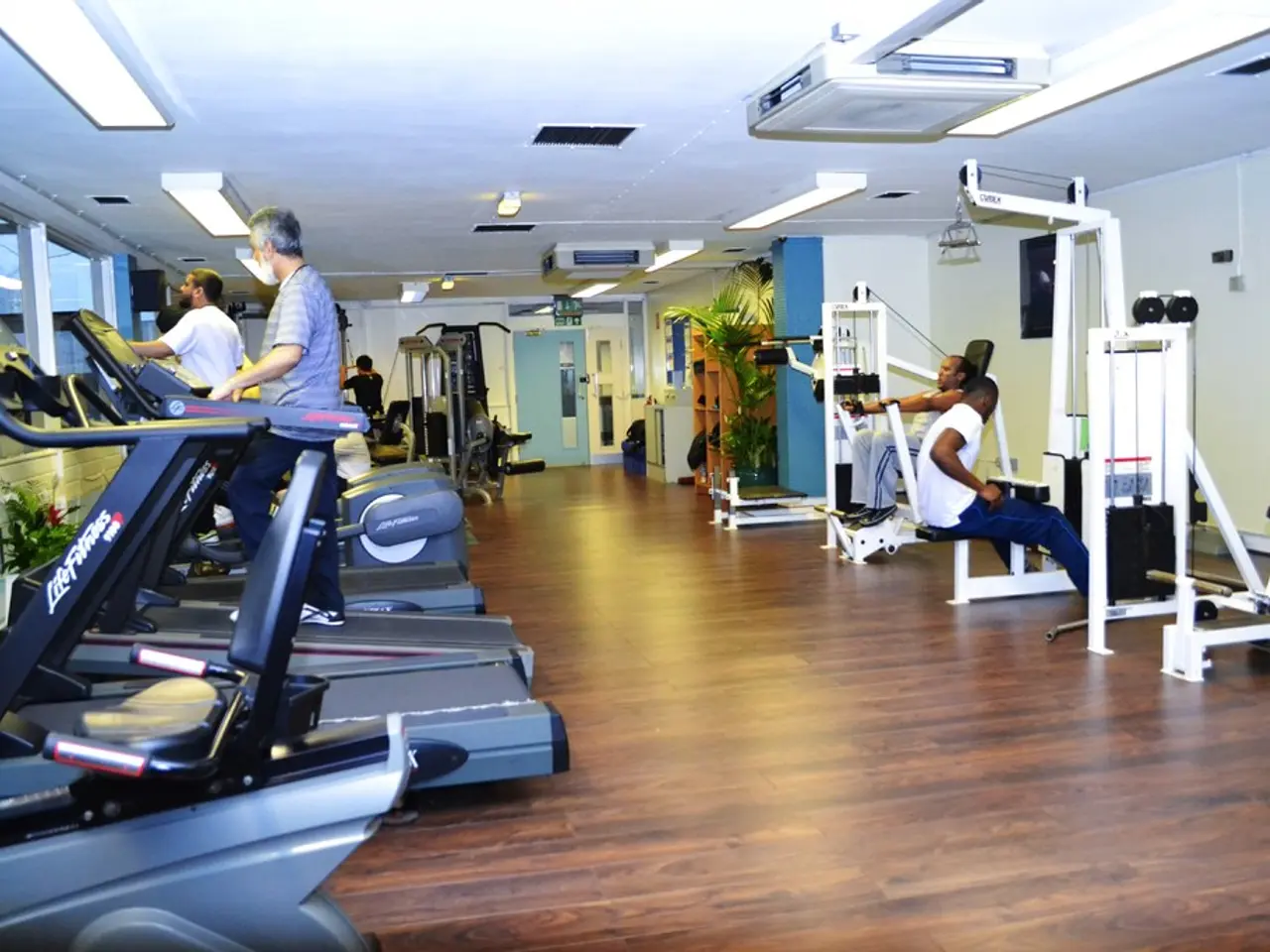Strengthen your legs, glutes, and core to conquer hiking difficulties! Discover these 5 vital gym exercises.
In the pursuit of maintaining health and fitness, many individuals engage in activities such as running, hiking, and walking for pleasure. However, as age catches up, some may find themselves battling injuries and struggling to cover long distances. A lack of effort in the gym could be the main culprit, but fear not! We've compiled a list of five research-backed exercises that can help strengthen the muscles critical to running, hiking, and walking.
- Goblet Squats
- Engaging the glutes, quads, hamstrings, and improving core stability and hip mobility, goblet squats are a must-do exercise. They enhance form and reduce injury risk during repetitive forward movements like running and hiking.
- Lunges
- These dynamic movements target the same muscle groups as squats but mimic the single-leg motion involved in walking and running activities. Lunges help develop strength and stability, making strides more efficient and powerful. They also improve balance and single-leg stability, which is beneficial for hiking or running on uneven terrain.
- Step-Ups
- Step-ups mimic the action of climbing or hiking over obstacles, strengthening major leg muscles and small stabilizers. They are great for developing functional leg strength specific to hiking.
- Calf Raises
- Strengthening the calves to absorb impact and prevent fatigue and injuries in running and hiking activities, calf raises are particularly useful. They help maintain ankle stability and propulsion during gait.
- Glute Bridges
- Focusing on glute activation and hip extension, glute bridges assist in running efficiency and reducing hamstring strain. They are often included in programs to improve posterior chain strength and core engagement.
For core strengthening, which is vital to maintaining upright posture and stability on uneven terrain, exercises such as planks, dead bugs, and supermans are recommended alongside lower-body strength moves.
Proper form is crucial in all these exercises to gain strength benefits and minimize injury risk. For example, lunges must be done correctly to effectively improve single-leg stability.
In addition, Nordic walking (walking with poles) can also enhance balance and posture, aiding injury prevention during walking and hiking.
These exercises cover the major muscle groups related to walking, running, and hiking and improve power, stability, and injury resilience by addressing muscle balance and control. So, get ready to hit the gym and take your outdoor activities to the next level!






